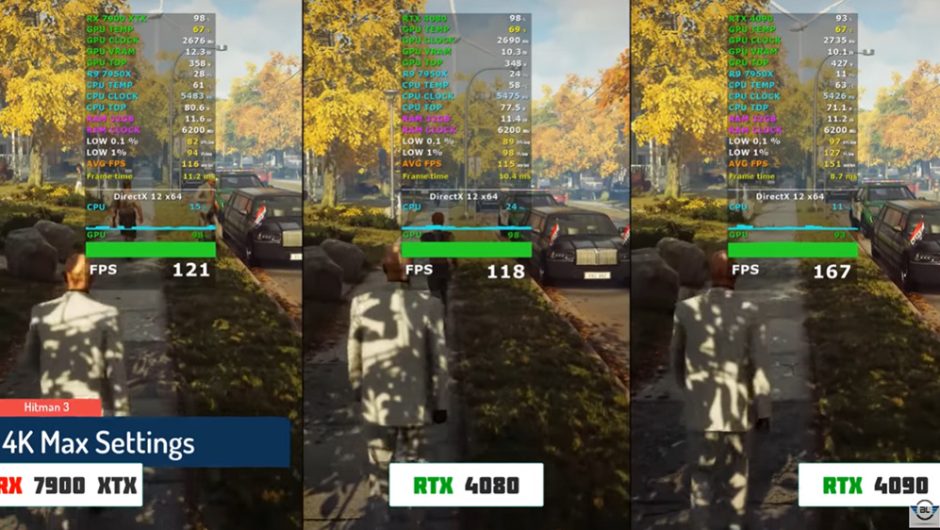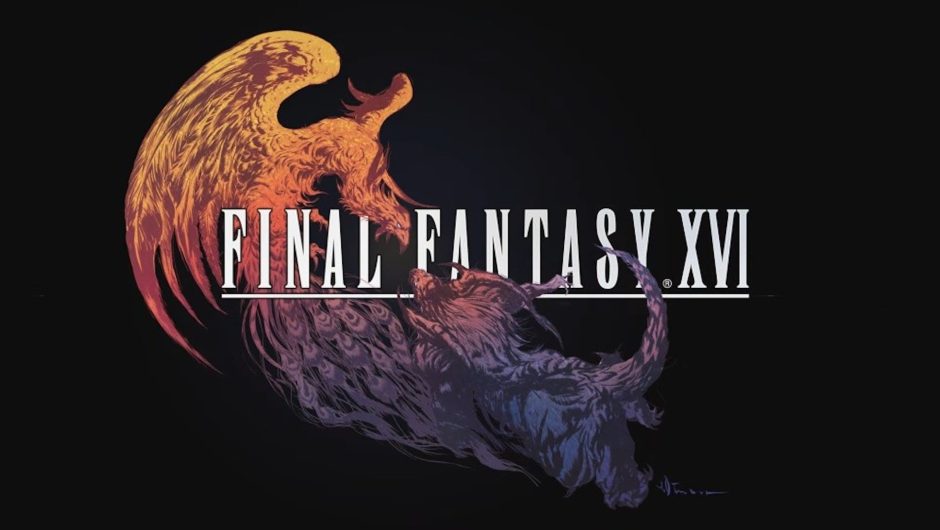NASA’s Chandra X-ray Observatory and other telescopes are collecting astronomical data, which NASA experts then convert into sound. In one of the first recordings we heard What is a “supernova”. In the latest installment of the series, NASA turned the following data into an amazing space party.
The first video NASA made allows us to “listen” to supermassive black holes. The background image shows black holes (supermassive black holes located in the center of the galaxy). Each color in the image has a different tone.
More precisely: the closer to the red color in the rainbow, the lower tones are assigned to it; Turns towards purple – sounds get louder and louder. The light that appears dulled white in the image is heard as white noise. Sounds have been modified to cover the full range of x-rays.
Another video clip lets us “hear” the astonishing bursts of gas and dust in the Cat’s Eye Nebula, caused by the depletion of the star’s helium. Audio data were collected by the Chandra Observatory and the Hubble Space Telescope. X-rays are represented by a sharper sound, and the data collected by Hubble appears to be smoother.
In the last recording, we can hear sounds prepared on the basis of data collected from the Wir Galaxy (Messier 51). Each wavelength of light in an image obtained from NASA telescopes is assigned to a different range of sound frequencies. The data comes from Spitzer, Hubble, GALEX and Chandra.

![An extraordinary space party. NASA turns data into voice [Wideo]](https://www.randrlife.co.uk/wp-content/uploads/2021/03/An-extraordinary-space-party-NASA-turns-data-into-voice-Wideo-1024x760.jpeg)





